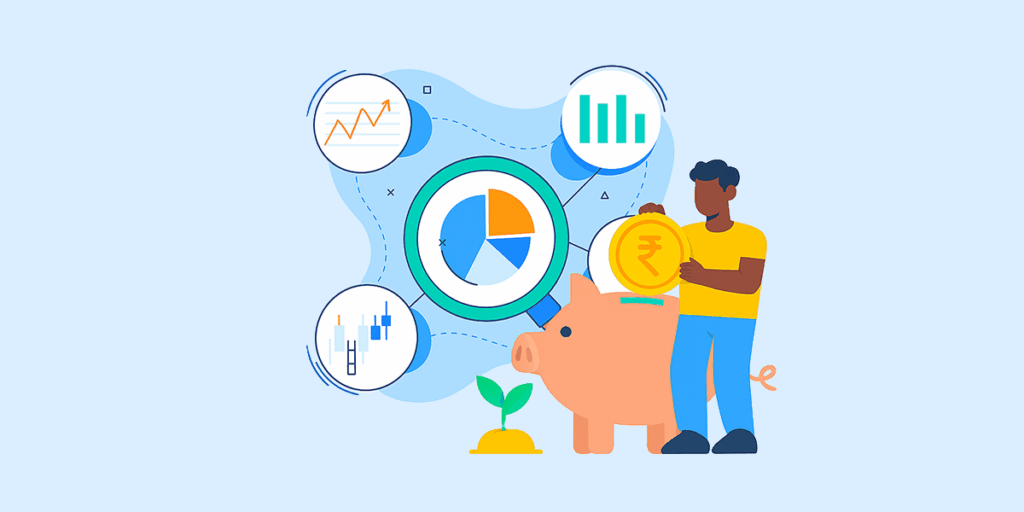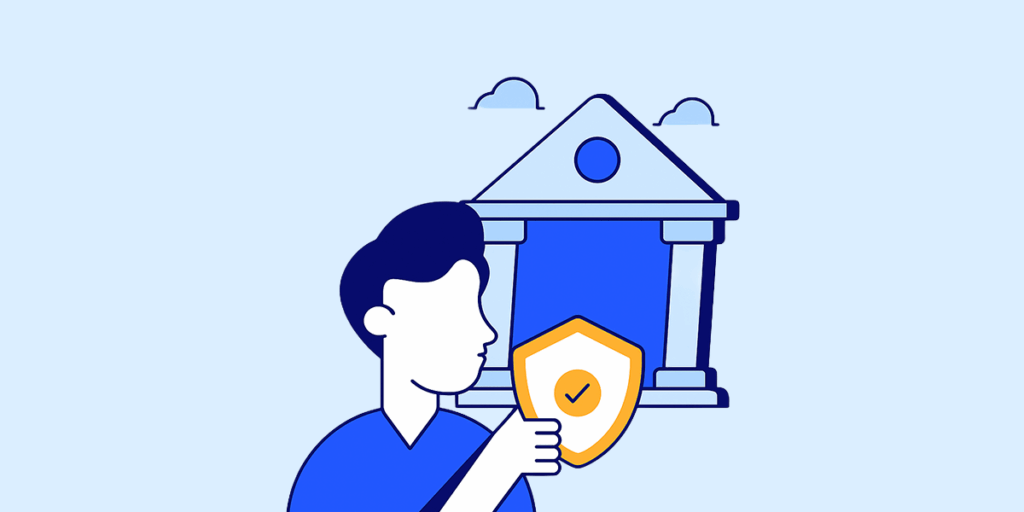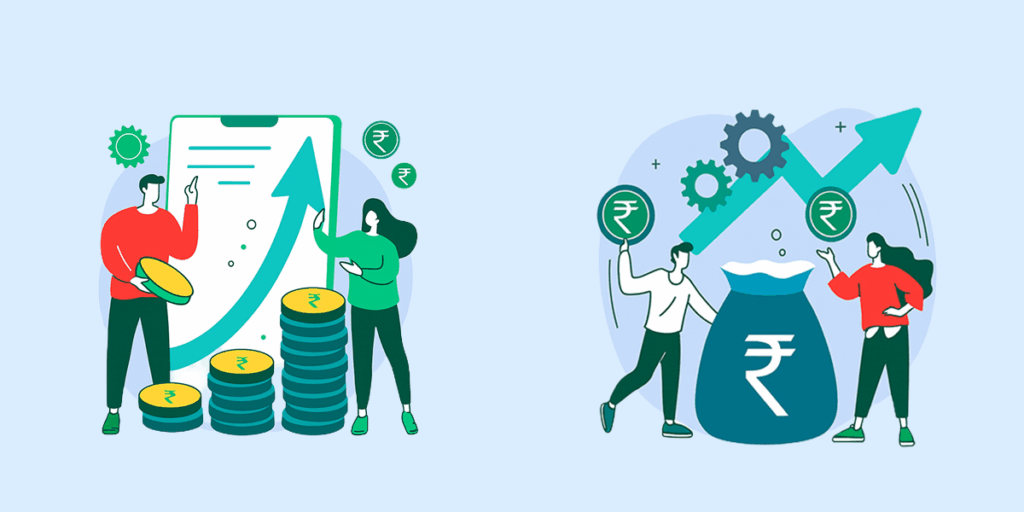Quick Summary:
– NAV, net asset value, or net asset value, is the price of one mutual fund unit– the number is calculated by taking the fund’s total net assets and dividing it by the number of units on issue.
– NAV is useful to investors for showing the current value of their investment, keeping track of the fund’s absolute and relative performance, and informing investment decisions on whether to buy or sell a unit
– A higher NAV does not mean a better performing fund, because for investors, returns are what matter overall, with risk profile being important as well.
– NAV is updated every day, just post market closure – this snapshot of net assets reflects the value of the fund at that moment. Being able to arrive at a price for a transaction is important.
– Many factors other than market performance, such as dividends, fund fees, and expenses, etc, will affect NAV; therefore, an investor should be diligent in looking well beyond NAV when evaluating funds.
What is NAV?
NAV, or Net Asset Value, is a key metric representing a mutual fund’s per-unit value on a specific date. Think of it as the price tag for each unit of the fund you own or might want to buy.
Definition of NAV
NAV is calculated by taking the total value of all the assets in a mutual fund, subtracting any liabilities, and then dividing this figure by the total number of outstanding units. The fund’s net worth is divided by the number of units investors hold.
Formula for NAV Calculation
The formula for calculating NAV is:
NAV = (Assets – Liabilities) / Total number of outstanding shares
Let’s break this down with a simple example: If a fund has assets worth $20 million, liabilities of $1 million, and 1 million outstanding shares, the NAV would be:
($20,000,000 – $1,000,000) / 1,000,000 = $19 per share
Importance of NAV
NAV is important for several reasons:
- Valuation: It helps you understand the current value of your investment in the fund.
- Performance tracking: Changes in NAV over time indicate how well the fund performs.
- Buying and selling: Mutual fund units are typically bought and sold at their NAV.
- Comparison tool: NAV allows you to compare mutual funds, though it shouldn’t be the only factor you consider.
- Transparency: It provides a clear, daily snapshot of a fund’s value, helping you make informed investment decisions.
How is NAV Calculated?
The NAV calculation process is straightforward but involves several important components. Let’s dive into the details:
Assets of a Mutual Fund
The first step in calculating NAV is totalling all the fund’s assets. These typically include:
- Stocks: The current market value of all shares owned by the fund.
- Bonds: The value of fixed-income securities in the fund’s portfolio.
- Cash and cash equivalents include money market instruments and short-term, highly liquid investments.
- Other securities: Any investments the fund holds, such as derivatives or commodities.
The fund manager determines the current market value of each asset at the end of the trading day.
Liabilities of a Mutual Fund
Next, we need to subtract the fund’s liabilities. These usually include:
- Management fees: The amount paid to the fund manager for their services.
- Operating expenses: Costs like administrative fees, legal fees, and accounting charges.
- Accrued expenses: Any unpaid bills or obligations the fund owes.
- Borrowings: If the fund has taken out any loans, these are included as liabilities.
Daily Calculation
NAV is calculated at the end of each trading day. This timing is important because:
- It reflects the fund’s assets at the most up-to-date market prices.
- It provides a consistent valuation point for all investors.
- It allows for accurate pricing of buy and sell orders placed during the day.
The fund takes the total asset value, subtracts the liabilities, and divides it by the number of outstanding shares. This gives us the per-share NAV, the price you’ll pay to buy into the fund or receive when you sell your shares.
Why NAV Matters for Mutual Fund Investors
NAV is more than just a number – it’s an essential tool for mutual fund investors. Here’s why it matters and how you can use it to your advantage:
Investment Decisions
NAV plays a key role in helping you make smart investment choices:
- Buying: When investing in a mutual fund, you purchase units at the current NAV, helping you decide if the fund aligns with your budget and investment goals.
- Selling: If you’re considering selling your fund units, the NAV tells you exactly what they’re worth today. This helps you assess whether it’s a good time to sell or hold on for potential future growth.
- Timing: By tracking NAV trends, you can spot potential buying opportunities when prices dip or identify when a fund might be overvalued.
Performance Tracking
NAV is your go-to metric for monitoring how well your mutual fund is performing:
- Growth measurement: Compare the current NAV to your purchase price to see how much your investment has grown (or shrunk).
- Benchmark comparison: Many investors track their fund’s NAV against relevant market indices to gauge relative performance.
- Dividend impact: When a fund pays out dividends, the NAV typically drops by a corresponding amount.
Comparison with Market Price
While NAV is the standard price for mutual fund transactions, it’s worth noting that exchange-traded funds (ETFs) can trade at prices slightly different from their NAV. This difference, known as a premium or discount, occurs because ETFs trade on stock exchanges throughout the day.
Factors Affecting NAV
Understanding the factors influencing NAV can help you interpret NAV changes and make more informed investment decisions. Some of these factors include:
Market Fluctuations
As the value of stocks, bonds, and other assets in the fund’s portfolio rises or falls, so does the NAV. For instance, if a fund heavily invests in tech stocks and the tech sector has a great day, you’ll likely see the NAV increase. Conversely, market downturns can lead to NAV decreases.
Dividend Distributions
When a mutual fund pays out dividends to its shareholders, it directly impacts the NAV. The fund’s assets are reduced by the amount paid out, causing the NAV to drop by roughly the same amount as the dividend per share. Don’t worry; this doesn’t mean you’ve lost money. You’re simply receiving some of your returns as cash instead of reinvesting them in the fund.
Expenses and Fees
Mutual funds have ongoing expenses, including management fees, administrative costs, and marketing expenses. These are typically deducted daily from the fund’s assets, gradually reducing the NAV over time.
Misconceptions About NAV
Let’s clear up two common misconceptions about NAV to help you make better-informed investment decisions.
Higher NAV Doesn’t Mean Better Fund
A fund with a NAV of $100 isn’t necessarily better than one with a NAV of $10. The NAV reflects the fund’s current value per unit, not its growth potential or historical performance. What matters more is the fund’s return over time, its risk profile, and how well it aligns with your investment goals.
NAV and Fund Performance
NAV doesn’t account for dividends or capital gains distributions, which are key components of a fund’s total return. To get a complete picture of performance, look at metrics like total return, including NAV changes and distributions.
How to Use NAV in Mutual Fund Investing
Here’s how to leverage NAV in your investment strategy:
Entry and Exit Strategy
A consistently rising NAV might indicate a good entry point, while a declining trend could signal it’s time to reassess. However, don’t rely solely on NAV—consider the fund’s overall performance, market conditions, and investment goals.
Periodic Review
Compare the current NAV to your purchase price to gauge performance. Also, look for any significant drops that market conditions or dividend payouts cannot explain—these might warrant further investigation.
Comparing Mutual Funds
When comparing funds, look beyond just the NAV. Instead, focus on the percentage change in NAV over time, which gives you a clearer picture of performance. For a fair assessment, you will also need to compare funds with similar objectives and risk profiles.
The Bottom Line
NAV is a key metric in mutual funds that helps you understand your fund’s value, track performance, and make buying or selling decisions. However, remember that a higher NAV doesn’t necessarily mean a better fund, and NAV alone doesn’t tell the whole performance story.
Also, platforms like the Appreciate trading app make starting your mutual fund journey easier than ever. With features like ₹1 minimum investment, automated SIPs, and one-click investing, Appreciate simplifies the process for beginners and experienced investors.
FAQs
What is NAV in mutual funds?
NAV, or Net Asset Value, represents the per-share value of a mutual fund, assessed by dividing the total value of the fund’s assets minus liabilities by the number of outstanding shares. It is a crucial metric for understanding the price at which investors buy or sell mutual fund shares.
How often is Net Asset value calculated for mutual funds?
NAV is typically calculated at the end of each trading day after the market closes. This daily calculation allows investors to determine the value of their holdings and the price for transactions executed on that day.
Can NAV fluctuate during the trading day?
NAV does not fluctuate during trading; it is calculated only once after the market closes. Any changes in the value of the underlying assets are reflected in the NAV determined at the end of the day.
Is a higher NAV indicative of a better-performing fund?
A higher NAV does not necessarily indicate a better-performing fund; it simply reflects its current asset value per share. Performance should be assessed based on the fund’s returns relative to its benchmarks and peers rather than its NAV alone.
How does NAV impact my mutual fund returns?
NAV affects your mutual fund returns by determining the price at which you buy and sell shares. However, your actual return is based on the percentage increase or decrease in the NAV over time, not the absolute NAV value.
What is the difference between NAV and market price?
NAV is the per-share value of a mutual fund calculated at the end of the trading day, while the market price is the current price at which an exchange-traded fund (ETF) or stock is bought or sold on the stock market.
How are dividends reflected in the NAV?
When a mutual fund distributes dividends, the NAV typically decreases by the amount of the dividend distributed. This is because the distribution reduces the fund’s assets, which in turn lowers the NAV, though the total value of your investment remains the same.
Are there any fees associated with NAV calculations?
There are no direct fees for calculating NAV, but management fees and other fund expenses are deducted from the fund’s assets before the NAV is calculated. These fees are reflected in the NAV, which indirectly affects the value of your investment.
How does NAV affect my buying and selling decisions?
NAV is the price at which you buy and sell mutual fund shares, directly impacting the cost of entering or exiting a fund. However, investors should focus on a fund’s performance and strategy rather than NAV alone when making buying or selling decisions.
What are the risks associated with investing based on NAV?
Investing based on NAV alone can be risky, as it doesn’t provide a complete picture of a fund’s performance or potential. Investors should consider other factors, such as the fund’s track record, management, and underlying assets, to make informed decisions.
If you are interested in investing in mutual funds, here are some more investment opportunities for stocks and shares that might interest you.
How to Buy Apple Shares in India
How to Buy Amazon Shares from India
How to Buy Google Shares from India
How to Buy Microsoft Shares from India
How to Buy Tesla Shares in India
How to Buy McDonald’s Shares in India
How to Find Multibagger Stocks
Best Semiconductor Stocks in India























